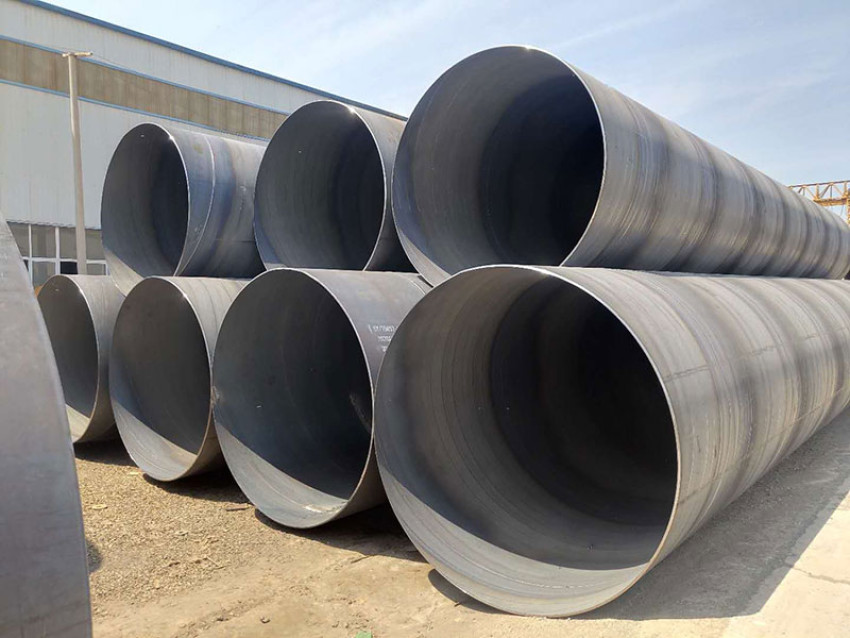
The causes of longitudinal cracking of welded steel tubes are various fields, including raw material factors and manufacturing process factors. If the plastic deformation of the welded pipe itself is poor or the heat treatment is poor, the probability of longitudinal cracks will increase, but the fundamental reason is that there is a high residual stress field in the welded pipe after cold drawing.
From the perspective of cracking theory mechanics, the cracking of prefabricated components is the result of the conversion and expansion of internal micro-cracks. The longitudinal cracks of welded pipes are basically ductile cracks, and the cracks are open.
In general, the existence of large, medium and small cracks in metal composite materials is unavoidable, but in the case of the same raw material specifications, whether cracks will occur depends on the tensile stress size of the expected effect on the prefabricated component. The expected effect is that the tensile stress on the prefabricated component can be added to the load, and it can also exist in the residual stress field itself.
After cold drawing of welded pipe, especially after empty drawing, there is a high residual stress field. This stress field is manifested as tensile stress in the axial and axial directions adjacent to the outer layer of the welded pipe, and its value can reach a large value. Based on the above basic principles of tension cracking, it can be considered that the axial residual stress field near the outer layer of the welded pipe plays an important role in the longitudinal cracking of the welded pipe.
If the welded pipe requires a high level of cleanliness, use ultrasonic waves to clean it.
Basic concepts of ultrasonic cleaning:
The huge change in the sound intensity level when the ultrasonic wave of the welded pipe is dispersed in the liquid causes the liquid to cause significant vaporization, resulting in millions of tiny cavitation bubbles per second. These bubbles are rapidly generated in large numbers under the action of the sound level, and the explosions continue to be obvious, resulting in strong impact and negative pressure adsorption, which is enough to quickly remove the indelible dirt.
If the welded pipe is relatively long and there is a stainless steel sink, you can buy an ultrasonic vibrating plate and allocate it to water for ultrasonic cleaning. If it is not too long, you can use an ultrasonic vibrating rod to insert it into the pipe to remove it, and then use running water to clean up the waste that is removed by ultrasonic waves.




